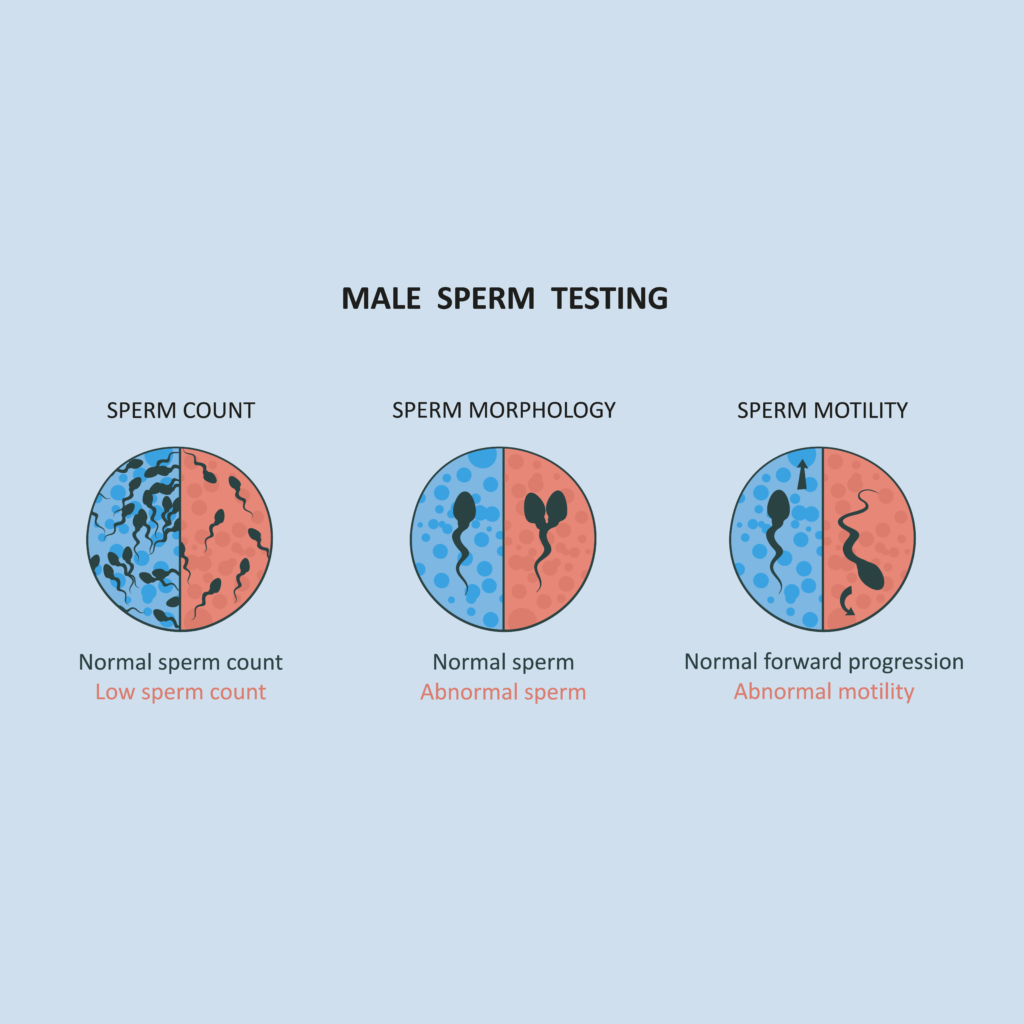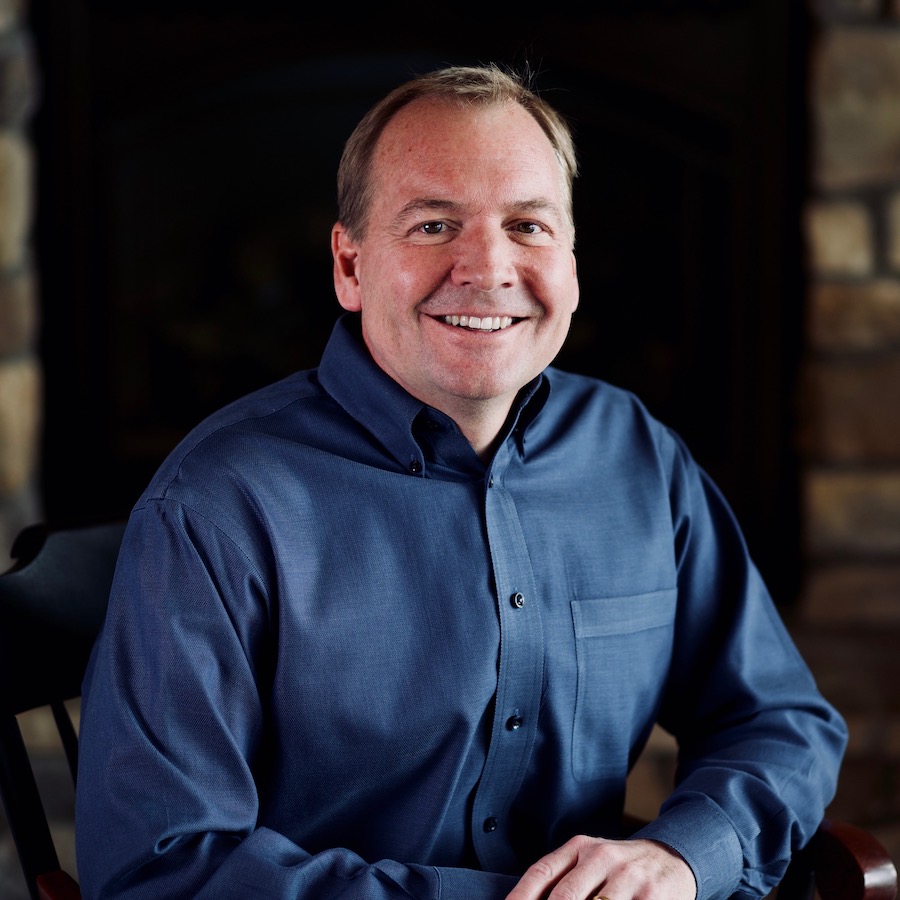
Infertility
Please Call Dr. Weary’s Office at (719) 571-4500 For an Appointment
Dr. Weary's Specialties
Timeline of Getting Pregnant
Understanding the timeframe for achieving pregnancy is essential for couples trying to conceive. Several factors, such as regular ovulation, normal semen count, open fallopian tubes, and timed intercourse, contribute to successful conception.
It is important to note that it is normal for couples to take several months of trying before achieving pregnancy. In medical terms, the label of “infertility” is not applied until a couple has been trying for 12 months without success.
- Achieving pregnancy may take time, even under ideal conditions.
- Optimal conditions include regular ovulation, normal semen count, open fallopian tubes, and timed intercourse.
- It is normal for couples to try for several months before successfully getting pregnant.
- Medical professionals do not use the term “infertility” until a couple has been trying for 12 months without success.
- Patience and persistence are crucial during the journey of trying to conceive.


Infertility In Your 30s and 40s
Now, certainly, there are women, especially in their 30s and early 40s, who don’t really want to wait 12 months. That’s understandable.
For conception to occur, basically three things have to happen:
- The woman’s body has to release an egg: The woman needs to ovulate and have that egg available
- A man must produce normal semen: The man’s semen analysis needs to be normal enough. That means there’s enough sperm swimming in the right direction with normal morphology or shape so that the sperm can find and fertilize the egg.
- The woman needs to have an open pathway: There has to be an open pathway from the cervix to the uterus– specifically through the fallopian tubes so that the sperm and egg can find each other and result in a pregnancy.
When we’re looking at a couple who’s having trouble getting pregnant, we’re looking at all three of those areas.
Infertility HSG Test
Determining the openness of the reproductive pathway is crucial in assessing fertility. The hysterosalpingogram (HSG) is a diagnostic test commonly used for this purpose. It involves the introduction of contrast dye to evaluate the integrity of the cervix, uterus, and fallopian tubes.
- Hysterosalpingogram (HSG) is a test to assess the openness of the reproductive pathway.
- During the test, a contrast dye is introduced through the cervix, uterus, and fallopian tubes.
- X-ray pictures are taken along the way to visualize the pathway and detect any obstructions or abnormalities.
- The HSG helps healthcare professionals identify potential barriers to fertility.
- The results of the HSG guide the formulation of appropriate treatment plans to optimize the chances of achieving pregnancy.

Ovulation and Infertility
Results will guide the treatment plans and optimize chances of conception.
Consultations with Dr. Weary helps to provide insights into your ovulation status and fertility optimization.
During your consultation with Dr. Weary, several important aspects will be addressed and assessed through appropriate testing:
- Ovulation assessment includes evaluating menstrual cycle frequency, regularity, and predictability.
- Blood work on day 3 and day 21 of the cycle helps determine ovulation.
- Day 3 blood work assesses hormone levels and ovarian reserve.
- Day 21 blood work measures progesterone levels to confirm ovulation.


Men and Infertility
In around 40% of couples who are having trouble getting pregnant, it’s due to what we call a male-factor. This means that we need to address infertility from the male side of things.
To evaluate a male’s fertility, we help them set up what’s called a semen analysis.
- Semen analysis assesses sperm count, shape, and motility.
- Ensures an adequate number of normal-shaped and swimming sperm.
- Results help diagnose potential fertility issues.
- Personalized treatment plans can be developed based on the analysis.
Consulting with Dr. Weary is important for result interpretation and fertility guidance.

